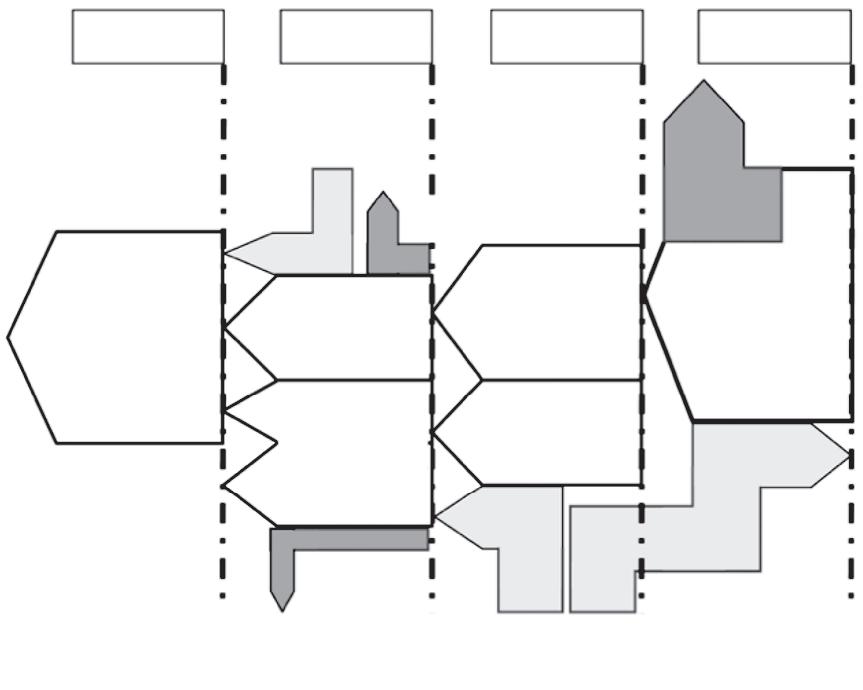10 Messages for policy-makers Future priorities for policies, legislation and investments aiming to decarbonise new and existing buildings in the EU are summarised below. 1. Phase out fossil fuels by 2030, increase integrated supplies of decarbonised electricity and heat to buildings, industry and transport, and accelerate the deployment of carbon capture and storage. (a) Establish a single regulatory framework for managing the transition to an integrated and sustainable long-term EU energy system, with cost-optimised coupling of investments in (i) energy efficiency measures to reduce energy demands in the buildings, industry and transport sectors and (ii) low carbon electricity and heat supplies to replace fossil fuels. (b) Phase out the use of coal, oil and gas for electricity generation and heat production by 2030. Use the EU Emissions Trading System (ETS), the Effort Sharing Regulation and the proposed new Carbon Border Adjustment Mechanism to create a level playing field during the transition phase and to accelerate the phasing out of all fossil fuels. (c) Create investment opportunities (e.g. auction schemes) to accelerate the decarbonisation of electricity supplies so that investors can confidently electrify buildings when renovating them. Focus on the deployment of renewable energy generation, transmission, distribution and storage, carbon capture and storage (CCS) for use with fossil-fuelled electricity generators, low greenhouse gas (GHG) emission district heating and cooling systems, and possibly nuclear generation in countries where it is politically accepted and waste disposal issues have been resolved. (d) Implement time-varying tariffs that encourage consumers (and prosumers) to store low-priced electricity during periods of excess renewable generation as heat or in batteries (in their electric vehicles or buildings). Use time-varying tariffs to reduce peak demands and the related needs for additional generating capacity and grid reinforcements. (e) Decarbonise district heating and cooling systems by replacing fossil fuels with renewables and waste heat from industry and other sources. Install heat storage to improve flexibility. (f) Minimise the embodied GHG emissions created by the construction and reinforcement of electricity and heat supply infrastructures. (g) Supply sustainable biogas and biofuels for heating only where there are no economically
EASAC
competitive alternatives, because these are scarce resources that can be better used for back-up power generation and for heavy-duty road and maritime transport. (h) Supply green hydrogen only to applications for which there are no economically competitive alternatives. This implies that green hydrogen produced in the EU should be supplied for applications, such as industrial processes or heavy-duty long-haul transport, but not for heating buildings because green hydrogen production is an inefficient use of renewable or low carbon electricity generated in the EU. 2. Use grants and incentives to trigger, leverage and de-risk private financing for deep energy-related building renovations. (a) Implement well-managed schemes that incentivise deep renovations by providing readily accessible grants and affordable loans, which are subject to energy and cumulative GHG emission guarantees, on the basis of monitored performance. Guarantees should be for ranges of energy consumption and GHG emissions that correspond to typical local variations in weather conditions and user behaviour. (b) Promote the use of energy and GHG emission performance guarantees and assurance to mitigate risks and support first movers who are willing to bring innovative building technologies and solutions to the market as well as those who are willing to deploy them. (c) Incentivise financing institutions to offer long-term affordable loans with very low interest rates to finance renovations with guaranteed energy consumption and cumulative GHG emissions, on the basis of monitored performance. (d) Incentivise economies of scale by giving higher levels of support to schemes that deliver large numbers of deep renovations at competitive costs with low levels of disruption to building occupants, and short renovation times. 3. Regulate levels of embodied GHG emissions in building materials and components, and promote recycled materials, re-used building components and renovation instead of demolition. (a) Regulate and limit the cumulative GHG emissions from each new and renovated building per square metre of floor area, and monitor them for at least 10 years after construction and renovation. Limits should
Decarbonisation of buildings | June 2021 | 55




